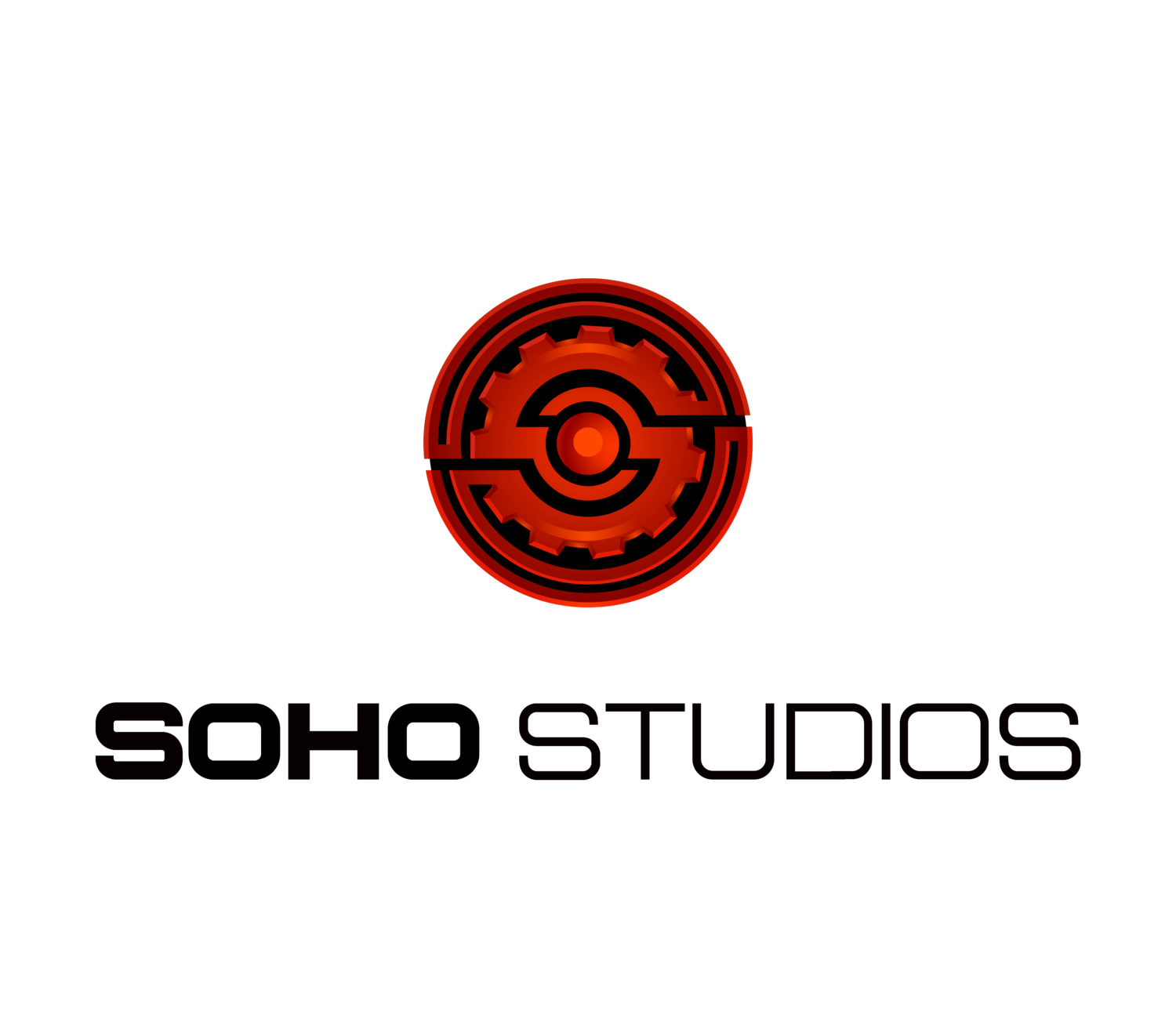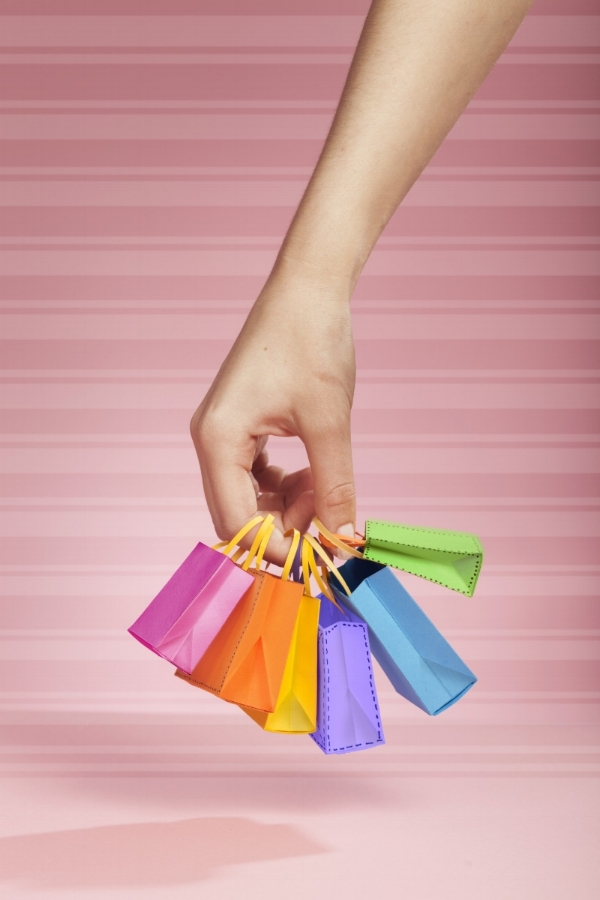Sponsoring events has long been a staple of marketing, but it may be a good idea for your company to take that concept further than just putting its sign on someone else's attraction. The most impactful way to do this is to host the entire event so that it's all yours. Not only does this give you unlimited ad placements, it allows you to engineer the entire experience for both the participants and the audience. This type of extravaganza is known as a proprietary event.
Companies that have done well with these events have learned to focus on a few powerful goals that will help their brands and marketing efforts. Here are two of the top effects that your own events should seek to achieve:
Authenticity
When you host a proprietary event, you have total control over the experience. Use it to project a feeling that is authentic in light of your existing brand image. A good example has been set by beer company Corona, which typically advertises using beach imagery. At their event, they included underwater photos as an attraction. They also used several themes that fit beer in general, such as parties and music, to associate their brand with fun. Corona's proprietary events are tied in with larger EDM festivals, which gives them an easy way to bring an audience over to their areas.
A Connection with Attendees and Participants
Proprietary events are the perfect vehicles for providing a fully-immersive experience that will form a bond with those who partake. Such an effect was achieved by energy bar maker CLIF Bar, which recently held events involving costumed teams of four who raced through an obstacle course. Seventy-five teams partook in the challenge, while 8,300 spectators looked on. This themed event was perfect for the company since it established a connection not only with fans, but with its own image as a brand for physically-active people.
Other Opportunities to Consider
As the host of an event, your company has the chance to bring in appropriate sponsors of its own. For example, when CLIF hosts events, it often allows local companies like bicycle shops to join in on the fun.
Done correctly, allowing smaller companies to get in on the show will simply further your theme and help cement your own brand's position in the market. Of course, sponsors also help to defray the costs of hosting the event.
If you're looking for a Miami venue for a proprietary event, contact us here at Soho Studios. We have up to 70,000 square feet of configurable space for your new extravaganza.











